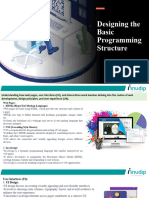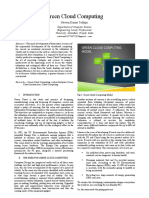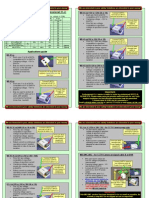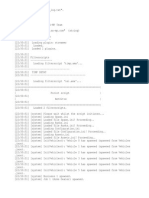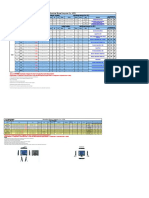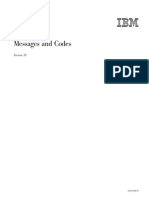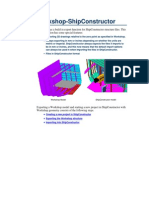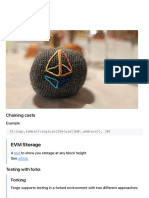0% found this document useful (0 votes)
56 views29 pagesUI and UX
The documents discuss designing responsive user interfaces, exploring interaction patterns, developing style guides, creating wireframes using open source tools, collaborative platforms, and a hands-on design thinking process.
Uploaded by
Priya NCopyright
© © All Rights Reserved
We take content rights seriously. If you suspect this is your content, claim it here.
Available Formats
Download as DOCX, PDF, TXT or read online on Scribd
0% found this document useful (0 votes)
56 views29 pagesUI and UX
The documents discuss designing responsive user interfaces, exploring interaction patterns, developing style guides, creating wireframes using open source tools, collaborative platforms, and a hands-on design thinking process.
Uploaded by
Priya NCopyright
© © All Rights Reserved
We take content rights seriously. If you suspect this is your content, claim it here.
Available Formats
Download as DOCX, PDF, TXT or read online on Scribd
/ 29























































